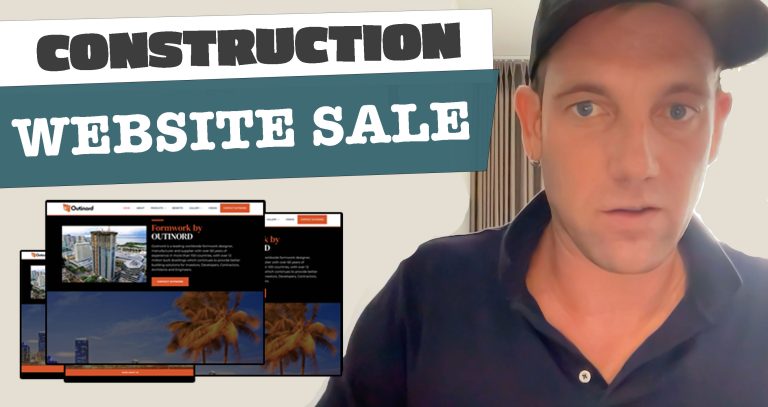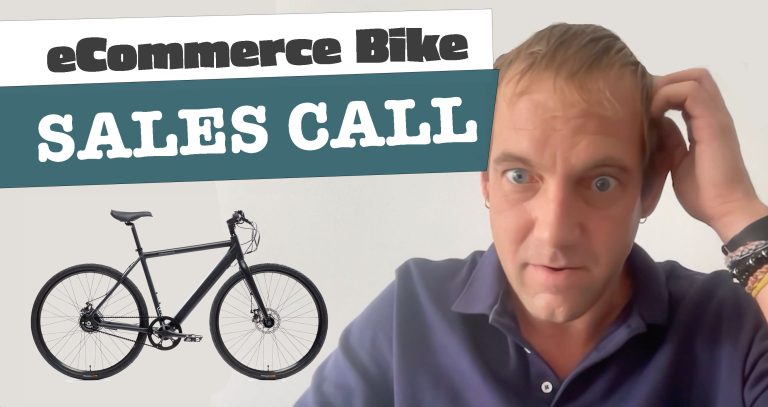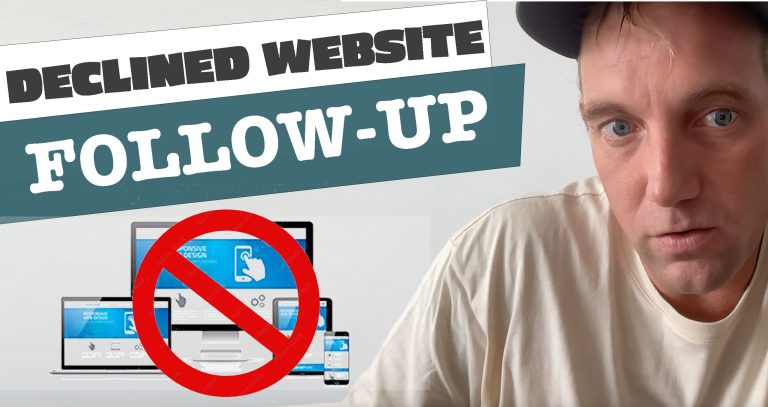
Starting an e-commerce business can be an exciting and rewarding venture. With the rise of online shopping, there has never been a better time to launch an e-commerce store. This comprehensive guide will walk you through the essential steps of starting your e-commerce business, from selecting the right products to launching your site. Let’s dive in!
1. Market Research and Niche Selection
Understand Your Market
Before you start your e-commerce business, it’s crucial to conduct thorough market research. Identify the demand for your products, understand your target audience, and analyze your competitors. Tools like Google Trends, social media platforms, and market research reports can provide valuable insights into current trends and consumer behavior.
Find Your Niche
Choosing the right niche is a key factor in the success of your e-commerce business. A niche market allows you to focus on a specific audience, making it easier to cater to their needs and preferences. Consider your interests, industry gaps, and customer pain points when selecting a niche.
2. Creating a Business Plan
Define Your Business Model
Your business plan should outline your business model, including how you plan to generate revenue. Common e-commerce business models include dropshipping, wholesale, private labeling, and subscription services. Choose a model that aligns with your goals and resources.
Set Clear Goals and Objectives
Establish clear, measurable goals for your e-commerce business. These might include sales targets, market penetration, and brand awareness. Having well-defined goals will help you stay focused and measure your progress.
Financial Planning
Develop a detailed financial plan that includes your startup costs, operating expenses, and revenue projections. This plan will be essential when seeking funding or loans and will help you manage your finances effectively.
3. Choosing the Right E-commerce Platform
Consider Your Options
There are several e-commerce platforms to choose from, each with its own set of features and benefits. Popular options include Shopify, WooCommerce, Magento, and BigCommerce. Compare these platforms based on factors such as ease of use, customization options, scalability, and cost. At Final Web Design, we prefer WooCommerce and Shopify, for their widespread use. This makes it easier to find proper plugins and finding documentation for modifications.
Customization and Scalability
Select a platform that offers the flexibility to customize your store according to your brand’s needs and can scale as your business grows. FinalWebDesign.com can help you choose and implement the best platform for your e-commerce business, ensuring a seamless and scalable solution.
4. Designing a User-Friendly Website
Focus on User Experience (UX)
A user-friendly website is crucial for converting visitors into customers. Ensure your website is easy to navigate, with clear categories, search functionality, and an intuitive layout. Mobile responsiveness is also essential, as a significant portion of online shoppers use their smartphones to browse and purchase products.
High-Quality Product Images and Descriptions
Invest in high-quality images and detailed product descriptions to showcase your products effectively. Professional photos and well-written descriptions can significantly impact a customer’s decision to purchase.
Secure Payment Gateways
Implement secure payment gateways to build trust with your customers and ensure safe transactions. Popular payment options include PayPal, Stripe, and credit card processing services. Offering multiple payment methods can also enhance the customer experience.
5. Marketing Your E-commerce Business
Search Engine Optimization (SEO)
Optimize your website for search engines to increase organic traffic. Use relevant keywords, create high-quality content, and ensure your site’s technical aspects are in order. FinalWebDesign.com offers SEO services to help improve your search engine rankings and drive more traffic to your site.
Social Media Marketing
Leverage social media platforms to promote your products and engage with your audience. Create compelling content, run targeted ads, and interact with your followers to build a loyal customer base.
Email Marketing
Build an email list and use email marketing to nurture relationships with your customers. Send regular newsletters, promotional offers, and personalized recommendations to keep your audience engaged and encourage repeat purchases.
6. Launching Your E-commerce Store
Test Your Website
Before launching, thoroughly test your website to ensure everything is functioning correctly. Check for broken links, test the checkout process, and make sure your site is responsive on all devices.
Announce Your Launch
Create buzz around your launch by announcing it on your social media channels, sending out email blasts, and leveraging influencer marketing. Offering launch promotions or discounts can also attract initial customers and generate interest.
Monitor and Improve
After launching, continuously monitor your website’s performance and customer feedback. Use analytics tools to track your traffic, sales, and user behavior. Make data-driven decisions to improve your site and enhance the customer experience.
Get Started
Starting an e-commerce business involves careful planning and execution, but the rewards can be significant. By conducting thorough market research, creating a solid business plan, choosing the right platform, designing a user-friendly website, and implementing effective marketing strategies, you can set your e-commerce business up for success. At FinalWebDesign.com, we’re here to help you every step of the way, providing expert guidance and professional services to turn your e-commerce vision into reality.




















